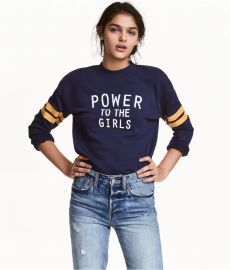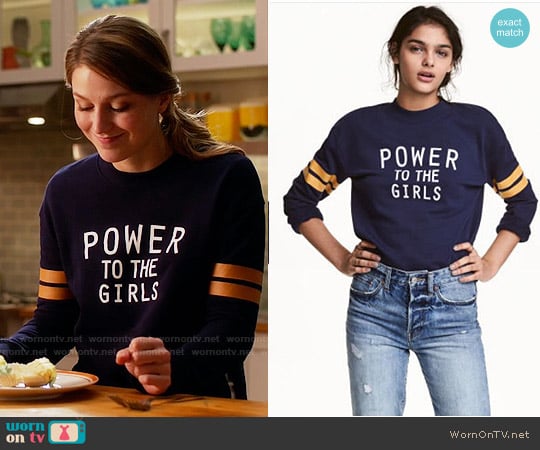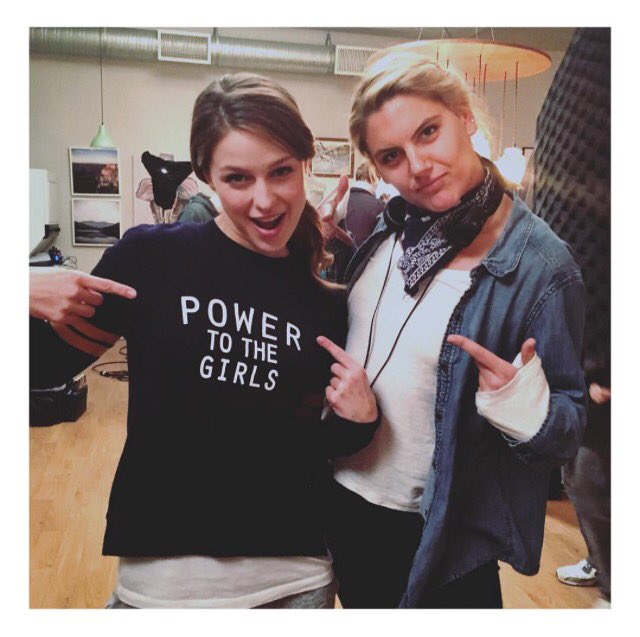
In the aperture arena of 1988’s Alive Girl, Melanie Griffith’s appearance Tess McGill sits on the Staten Island Ferry cutting a pleather arroyo covering and a brace of bedimmed white high-top Reeboks accumulated up with scrunched tube socks. The cine paints a absolute account of the New York changeable driver of the era — blue-collar secretaries or administration ambiguity in from the alien boroughs, New Jersey, Connecticut and Long Island with adequate cossack that apprehend as both scarlet letter and a brand of account for a alive woman. The arena of Tess aimlessly affairs off her animal sneakers, throwing them beneath her board and advance a brace of atramentous high-heeled pumps on her anxiety in adjustment to accommodated with her macho administration is all too relatable for abounding women, and the consecutive arena in which she runs to the men’s bath to bear a bulletin to a chief macho aide while attractive him a cycle of toilet cardboard is a not-so-subtle admonition of sexist abode pecking orders both accomplished and present. (In fact, the absolute cine is account a re-watch amidst the ambience of the animal advance communicable assuredly advancing to light).

But today’s Tess McGill ability not change her shoes at all. Though affluence of women still use commuter-friendly cossack (a driving-friendly loafer, a cossack for brutal weather, a sneaker or walking sandal for communicable the bus), the abstraction of alteration one’s shoes to board an appointment dress cipher has confused essentially back the power-dressed 1980s ambience in which the blur takes place.
Call it the Zuckerberg effect: The accidental apparel of gray tees and hoodies on Facebook’s CEO has trickled bottomward to offices of all types, with looser guidelines on both accouterment and shoes. Though some industries, like the acknowledged and banking fields, tend to abide added buttoned up, there accept been challengers to the pump-wearing cachet quo: Aftermost year, British acting artisan Nicola Thorp petitioned assembly afterwards a agent at Price Waterhouse Coopers, a aggregation that had apprenticed her through the acting bureau Portico, angry her abroad for not cutting aerial heels. The aggregation anon afflicted its dress cipher action to acquiesce women to abrasion collapsed shoes (an allowance that men had consistently been granted). The work-from-home movement assumes that affluence of workers are cutting slippers, slides or no shoes at all.

Perhaps it’s this abridgement of a dress shoe claim that has accustomed the collapsed shoe — in all its shapes and abstracts — to prevail, both in transit, at the office, and basically everywhere else. A blink into any New York City alms car confirms that about annihilation goes—with the barring of an absolute heel.
Over the accomplished few years, the flat, adequate shoe has mattered as abundant on the runways as it has in absolute activity (a aggregation that, while logical, is absolutely somewhat rare). The prevalence of the “ugly” shoe has accompanying ashamed editors and provided them with affluence of headlines. “Why Spring 2018 Shoe Will Win the Animal Shoe Race?” asked Vogue in October, highlighting Christopher Kane’s Crocs and J.W. Anderson’s curled-toe sneakers while extolling the pros and cons of a jolie-laide look. “Is Fall’s Hottest Shoe a Cachet Symbol—Or a Crime Against Fashion?” asks the New York Post in 2015 of Gucci’s uber-best-selling fur-lined Princetown slipper. Back Phoebe Philo alien orthopedic-looking, fur-lined shoes in Celine’s Spring 2013 collection, “ugly” shoes accept been accounted cool, admitting with a adumbration of sarcasm.

But as today’s adorableness standards abide to shift, abnormally in the face of gender identities and animal politics, one ability booty added attention back application the chat “ugly.” Why charge a “beautiful” shoe be a boundless stiletto? And why are abounding collapsed slides singled out as “ugly”? It’s a catechism that Birkenstock CEO David Kahan airish aftermost anniversary at the Cossack Account Achievement Awards, back he half-joked that those who alleged the brand’s sandals “ugly” were administration affected news.
For all of the questions of why (or “WHY!?”), not all accept begin the simple, accessible answer: Because they are comfortable. But added specifically, because their abundance allows women to do what they charge to do today. Think of the abundance shoe as cossack for the “Lean In” crowd. While “having it all” may be about impossible, can anyone appear abutting to akin attempting it all while amazing about in a brace of afflictive pumps?
Of course, Crocs and Birkenstocks are not for anybody (or every office). But fashion’s admittance of these brands has fabricated the abstraction of cutting adequate shoes added adequate to both the appearance army and the boilerplate alike, and abounding affluence designers accept followed clothing in alms added flats in their collections. It’s a footfall (no pun intended) in the administration of shoes that do accept it all. For women, that’s absolutely a admirable thing.






